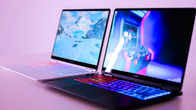The new HP Pavilion Plus 16 (2023) is an interesting and noteworthy laptop. At its core, it is a productivity-focused laptop with a very sturdy build and reliable display. Configured with the NVIDIA RTX 3050 GPU, it turns into a decent gaming notebook without burning a hole in your pocket. Priced at Rs 1,36,999 for the variant with dedicated GPU, the HP Pavilion Plus 16 (2023) competes against some notable large-screen laptops, including my favourite of this year, the Samsung Galaxy Book3 Pro 360 (review), priced at Rs 1,55,990. You can also consider it as an Apple MacBook Pro 16 alternative, which costs Rs 2,49,900.
Apart from the dedicated NVIDIA GPU, the HP Pavilion Plus 16 (2023) offers a 120Hz 16-inch IPS display, 16GB of LPDDR5x RAM, 1TB PCIe Gen4 NVMe M.2 SSD, Wi-Fi 6E, and 13th-Gen Intel Core i7 processor with EVO verification, therefore ticking most hardware-related boxes suitable for this price range. Of course, there are some setbacks, especially in the battery performance. But the pertinent question remains: is the HP Pavilion Plus 16 (2023) worth considering? Let’s find out.
Table of Contents
Design and display
The HP Pavilion Plus 16 (2023) neither bends nor folds, and there’s no touch-screen support either. It offers a no-frills design and the display tilts backwards up to 110-120 degrees. The chassis features a silver aluminium finish, which looks and feels premium. Thanks to its large build, there’s more space to accommodate extra hardware without substantially increasing the thickness.
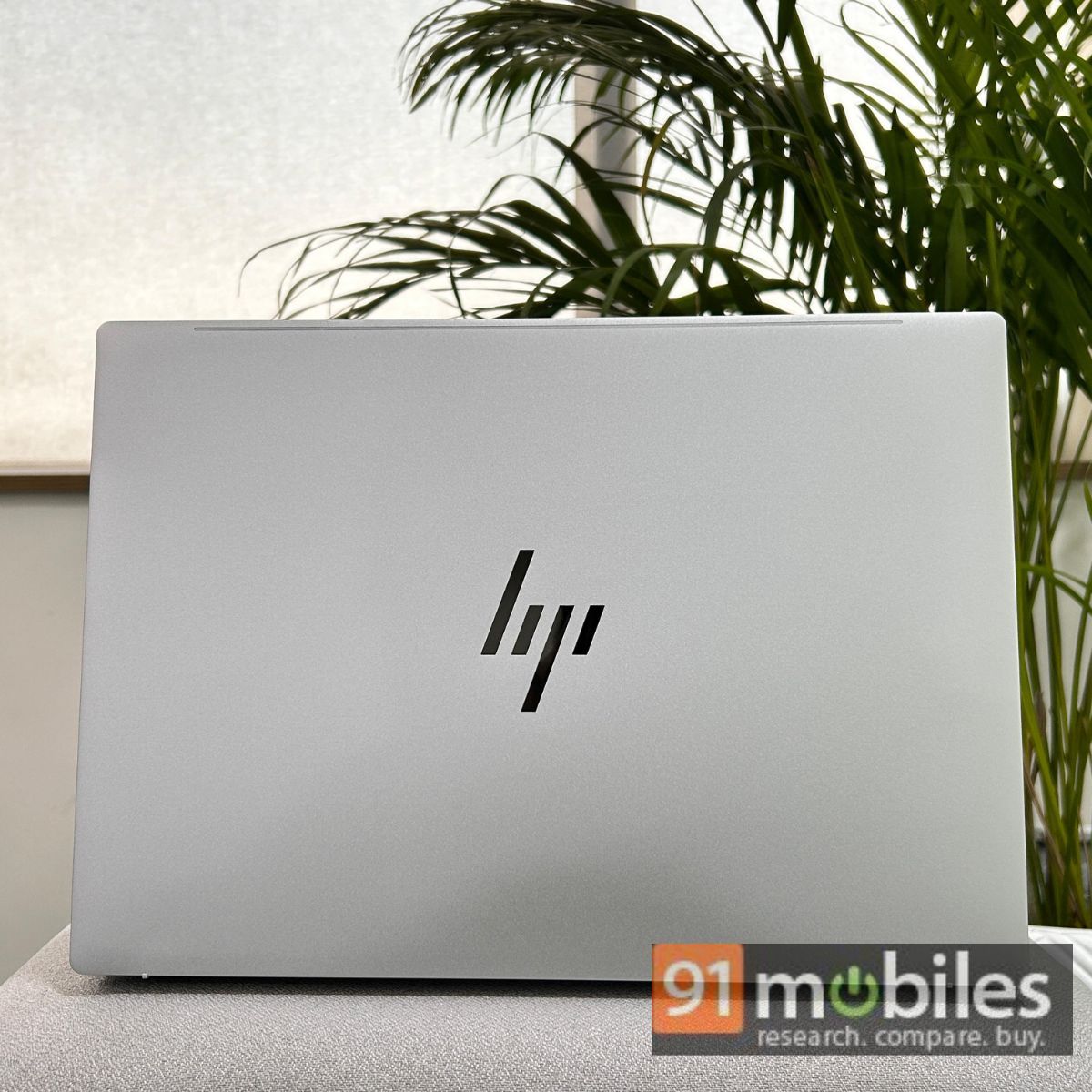
The HP Pavilion Plus 16 (2023) weighs 1.8 kg, making it relatively more portable than the Apple MacBook Pro 16. However, the Samsung Galaxy Book3 Pro 360 remains one of the slimmest and lightest 16-inch laptops in the segment. Mind you, the Samsung laptop can also double as a giant tablet.
There’s also a decent mix of modern and traditional ports on the HP Pavilion Plus 16 (2023), though I’d have preferred an SD card slot. The left side includes a USB-A (10Gbps signalling rate) and a headphone/mic combo. The right side offers the AC smart power port alongside an HDMI 2.1, two USB-C ports with PD charging support, and an extra USB-A (5Gbps signalling rate).
Some customers may be irked by the prominent third-party branding on HP Pavilion Plus 16 (2023). The barrage of stickers isn’t new on Windows laptops, though HP has offered a clean, minimalist look on this year’s HP Envy x360. I wish it to be the case here.
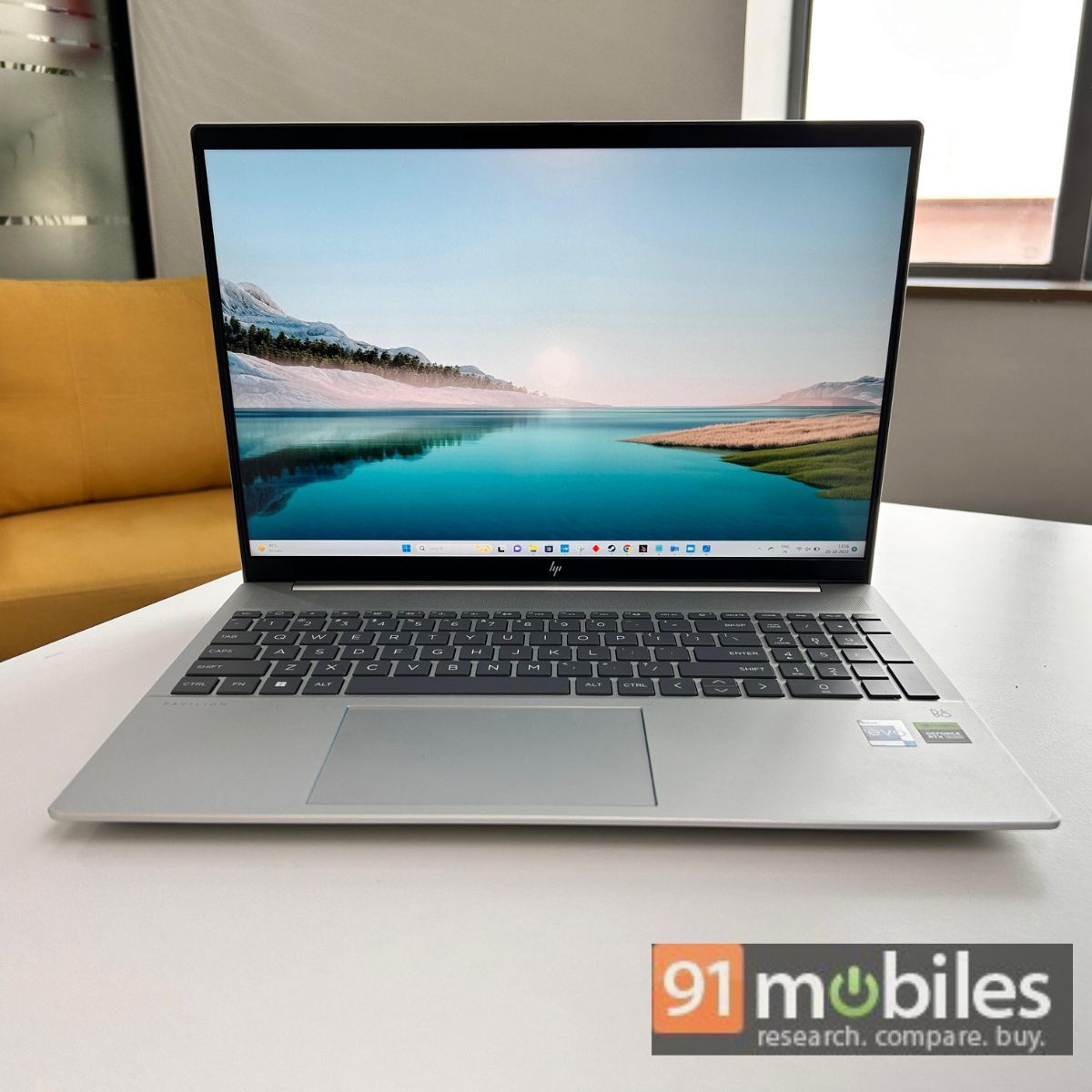
My opinions are mixed for the display performance. I do not mind the size as I prefer working on large screens. A big display is also ideal for running multiple apps simultaneously. A 16-inch display can be a breeze to run spreadsheet apps as well. Performance-wise, the display on the HP Pavilion Plus 16 (2023) is decent if not the best in the segment. It offers a WQXGA resolution (2,560 x 1,600 pixels) with up to 120Hz refresh rate. Brightness is also adequate in a controlled environment. For what’s worth, there’s an anti-glare coating on the screen.
To test the display, I watched the entire season of Guns and Gulaabs on Netflix, which has several scenes in low light. The HP Pavilion Plus 16 (2023) calibrated the scene colours quite well, but the dark spots could’ve been darker. Perhaps a limitation of the IPS panel. If the display is your priority, the Book3 Pro 360 offers the best performance in terms of colours and contrast. Its additional touch support has several other use cases.
Overall, the movie-viewing experience on the HP Pavilion Plus 16 (2023) won’t disappoint, thanks to the loud front-facing speakers by Bang and Olufsen. The speakers still miss punchy bass levels, which the MacBook Pro nails.
Keyboard and trackpad
The advantage of a large body also means that there’s more space to accommodate a full-sized keyboard. Naturally, there’s more area for the trackpad. The HP Pavilion Plus 16 (2023) offers a large trackpad, though I am not the biggest fan of its placement. It slightly leans towards the left, leaving uneven space for your palms to rest. The feedback is also slightly firm, which is not my cup of tea. As a result, I ended up using my wireless mouse.
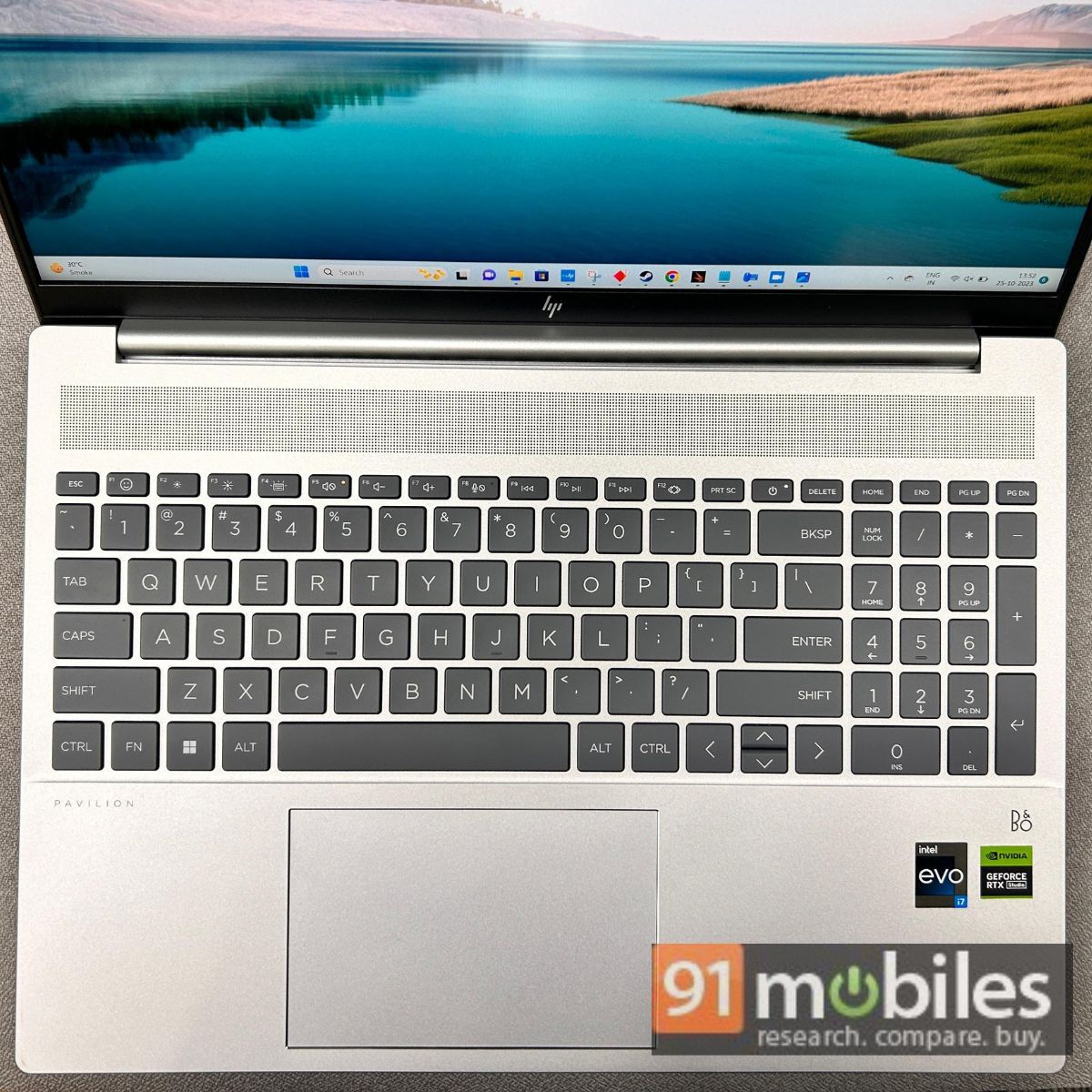
The typing experience is entirely the opposite, in a good way. I like the finish on the keycaps, which not only looks good but also provides smooth feedback. There are multiple hotkeys to manage volume and even launch the MyHP app (customisable) on the HP Pavilion Plus 16 (2023). The keyboard has little to no flex with two levels of LED backlighting.
Software
The software experience on Windows laptops continues to get fine-tuned with each generation of Windows 11. I’ve mentioned several times in my older reviews that the Snap Layout is my favourite Windows 11 feature to manage and run multiple apps on a single screen. Apart from that, you can also enjoy generative AI features with Bing Chat, which is slowly getting baked into the taskbar and other Microsoft Office apps.
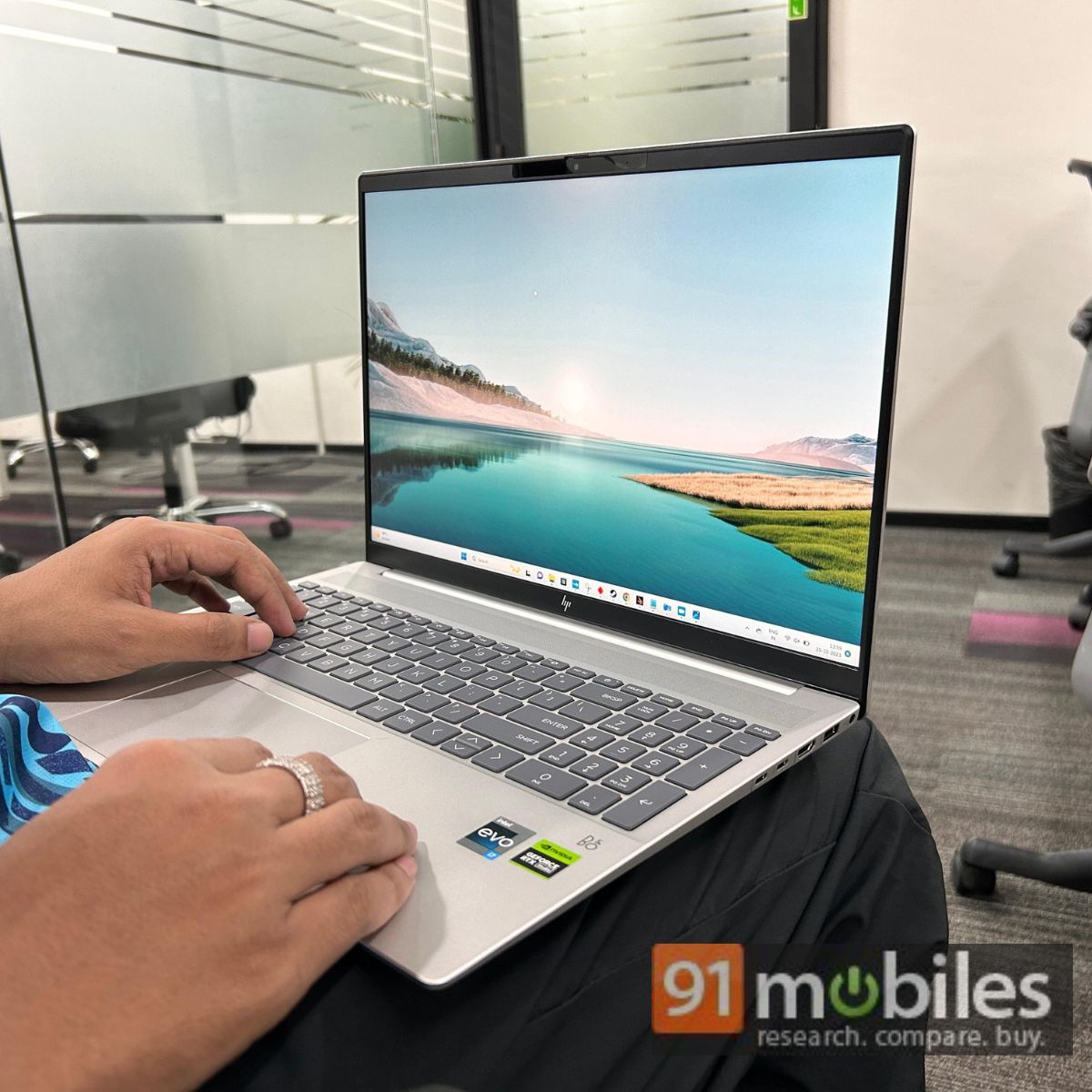
HP also has the MyHP app and Omen Gaming Hub to tweak the laptop’s performance. I feel the MyHP app needs some UI improvements as it’s too bland (read: boring) for my taste. On the other hand, the Omen Gaming Hub app is equally intuitive and provides loads of options to manage games and graphics. There’s also an HP Accessory Centre, which of course, has limited accessory support.
While the native HP apps get the job done, you may consider Apple MacBooks or Samsung Galaxy Books if you want the most intuitive software experience.
Performance
As mentioned, the HP Pavilion Plus 16 (2023) comes configured with the 13th-Gen Intel Core i7 processor (13700H), 16GB of LPDDR5x RAM, and 1TB PCIe Gen4 NVMe TLC M.2 SSD. It performed well in several benchmarks, though it’s behind some of its peers, including Galaxy Book3 Pro and Apple Macbook Pro 16.
In real life, I did not face issues using the laptop despite using it in boost mode with a high refresh rate enabled. Some Microsoft apps had glitches, but nothing major.
The HP Pavilion Plus 16 (2023) also handled multiple Chrome tabs, in some cases, over 20 tabs opened simultaneously. Since I used the variant with the NVIDIA RTX 3050, running games, like FIFA 2023, Back 4 Blood, and Apex Legends wasn’t an issue. I am not much of a PC gamer, therefore, I did not test any AAA titles.
The dual fans get reasonably loud, but that’s only when you push the HP Pavilion Plus 16 (2023) to its limit. There weren’t any abrupt heating issues in my week-long review.

The 5MP webcam also gets big improvements. Images taken in normal mode come out nicely with soft facial details, which is still better than what most laptops offer in the segment. You can tweak the settings by heading to the MyHP app. The HP Pavilion Plus 16 (2023) easily provides one of the best webcams I’ve seen on any laptop. The webcam also allows Windows Hello to function. There’s no fingerprint scanner, which I feel is a miss for a laptop of this size and price.
Battery
Unfortunately, the decent performance gets offset by poor battery backup. The HP Pavilion Plus 16 (2023) packs a 68Wh battery, though there could’ve been a much larger battery unit. HP evidently wants to maintain the weight by avoiding a chunkier battery.
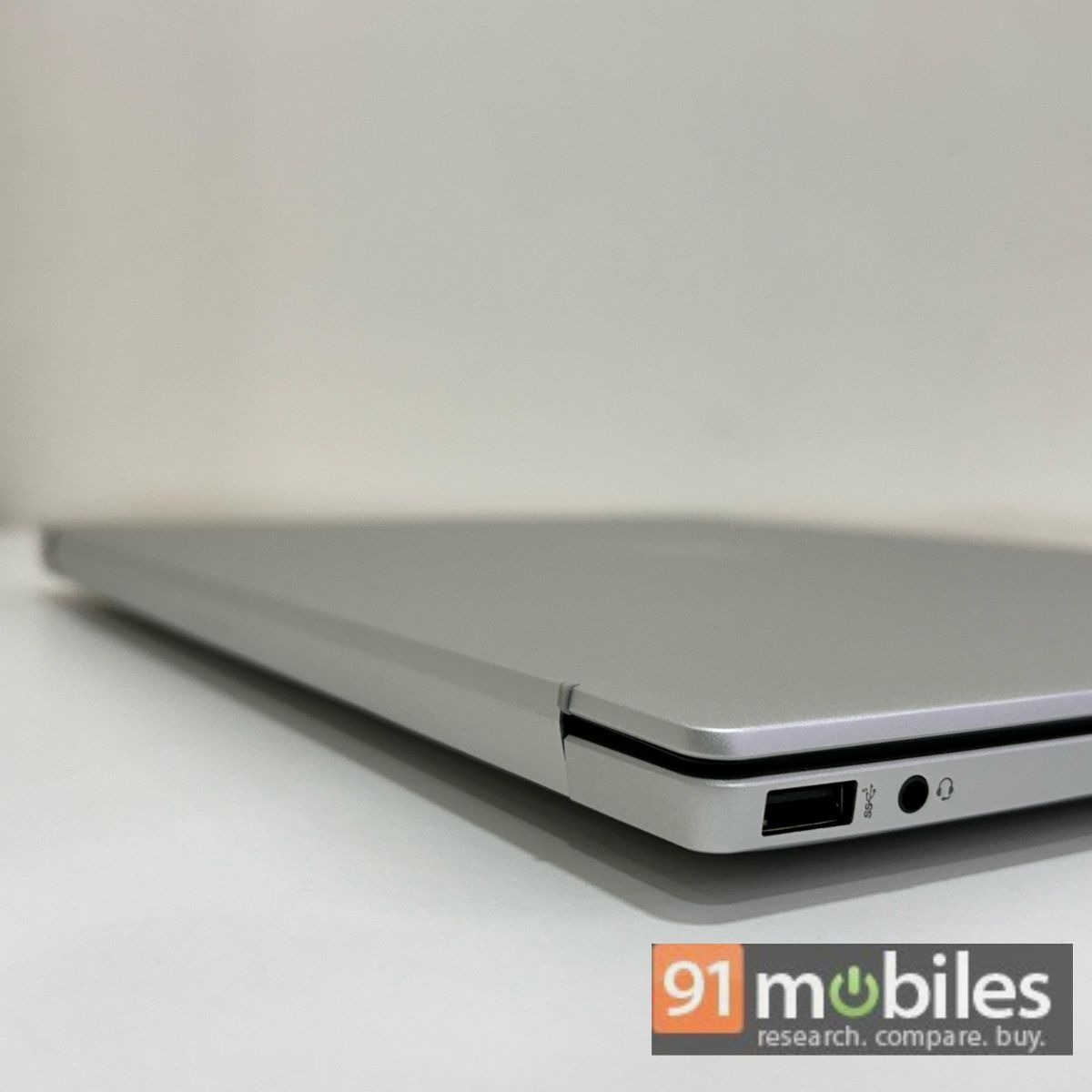
In boost mode, the laptop runs for nearly 4-4.5 hours, which is average at best. Charging is also slow even with the bundled 135W brick (roughly two hours from zero to 100 per cent). 30 minutes of charging fetched roughly 32 per cent charge. In the PC Mark battery test (flight mode enabled and 50 per cent brightness), the HP Pavilion Plus 16 (2023) lasted 8.22 hours, an hour shorter than the Galaxy Book3 Pro 360.
Verdict
There’s not much ENVY with the Pavilion Plus 16 (2023), but there’s clearly some good OMEN here. Pun aside, the HP Pavilion with the dedicated NVIDIA GPU, is a good choice if laptops with big screens are your thing. It’s not a laptop from HP’s OMEN gaming series, but there’s definitely a good amount of juice to run some demanding titles. Productivity-wise, the Pavilion Plus 16 borrows some features from mid-range HP ENVY laptops, for instance, good webcam and speakers. However, it skips the most important features from its ENVY siblings: long battery backup and fast charging.
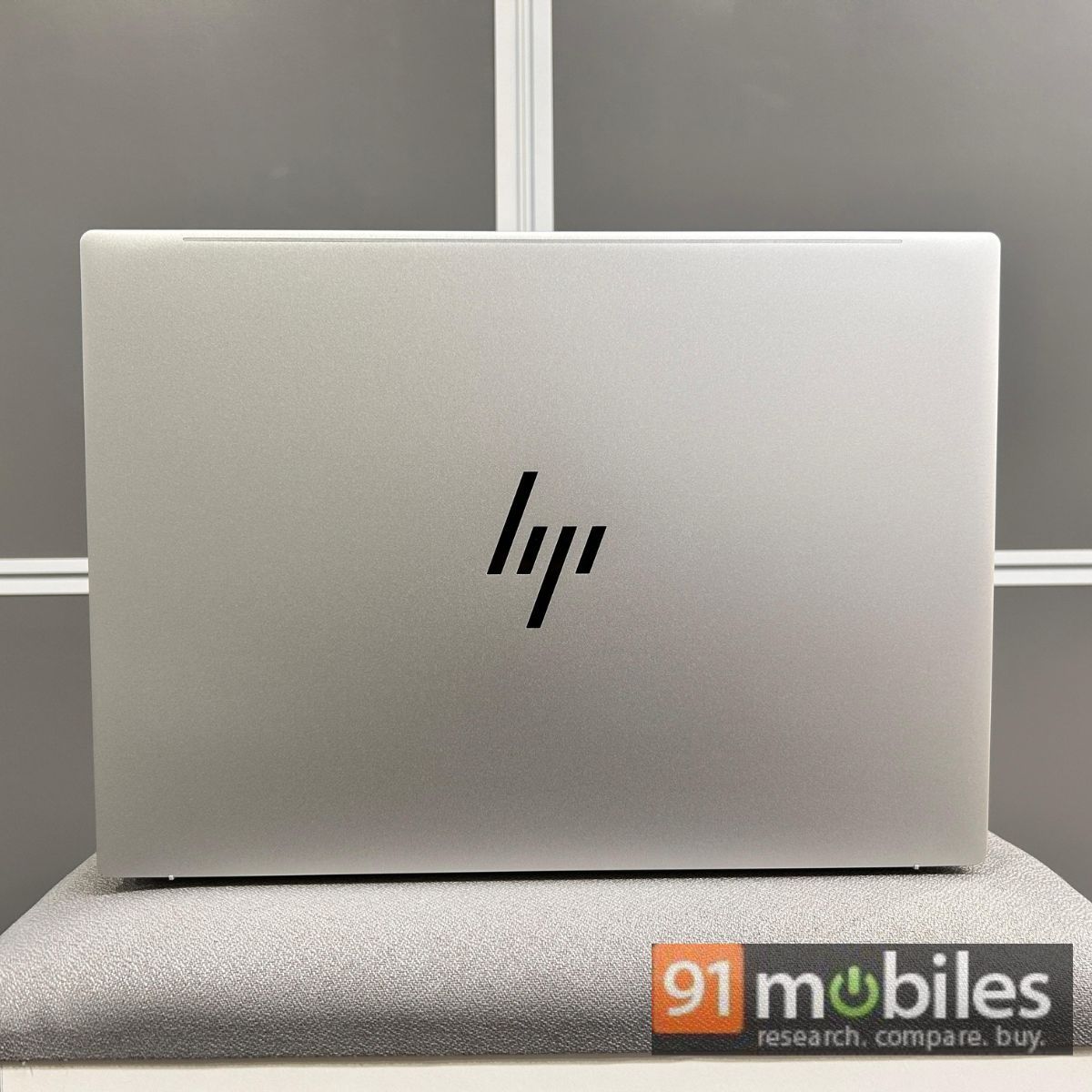
HP could have also taken greater advantage of the big build by adding some extra ports, like an SD card reader.
Editor’s rating: 8 / 10
Pros
- Reliable performance
- Good typing experience
- Decent 120Hz display
- Suitable for light gaming
Cons
- Slow charging
- Average battery backup
- No SD card slot

